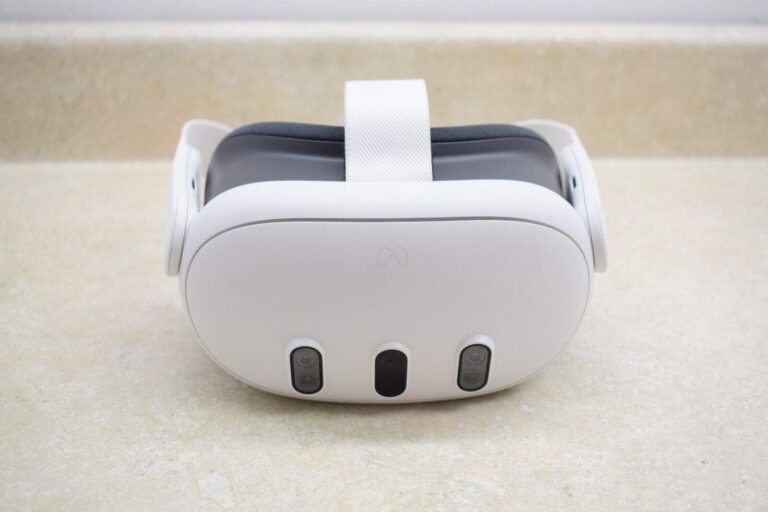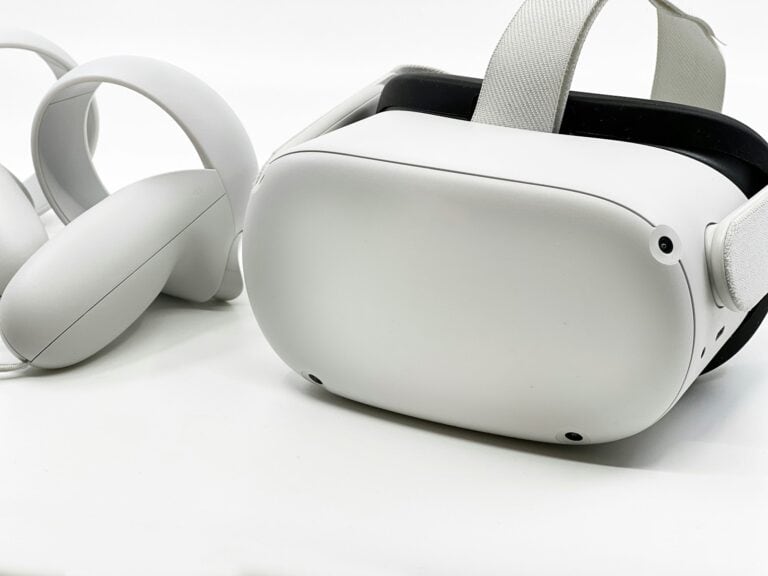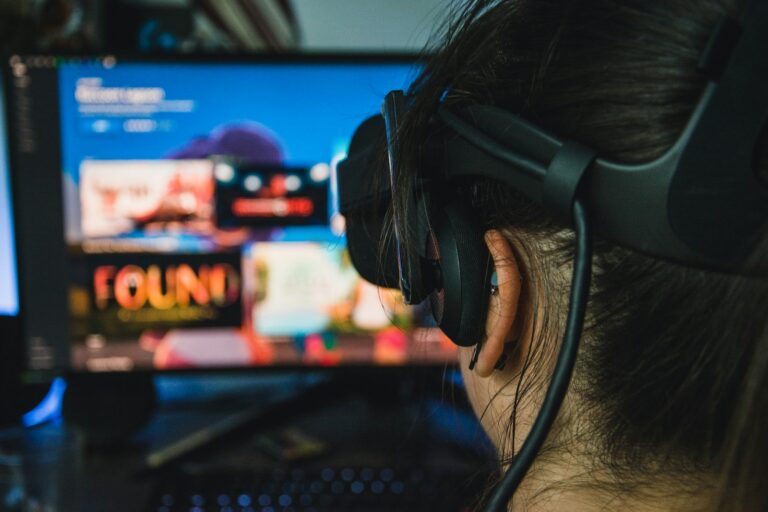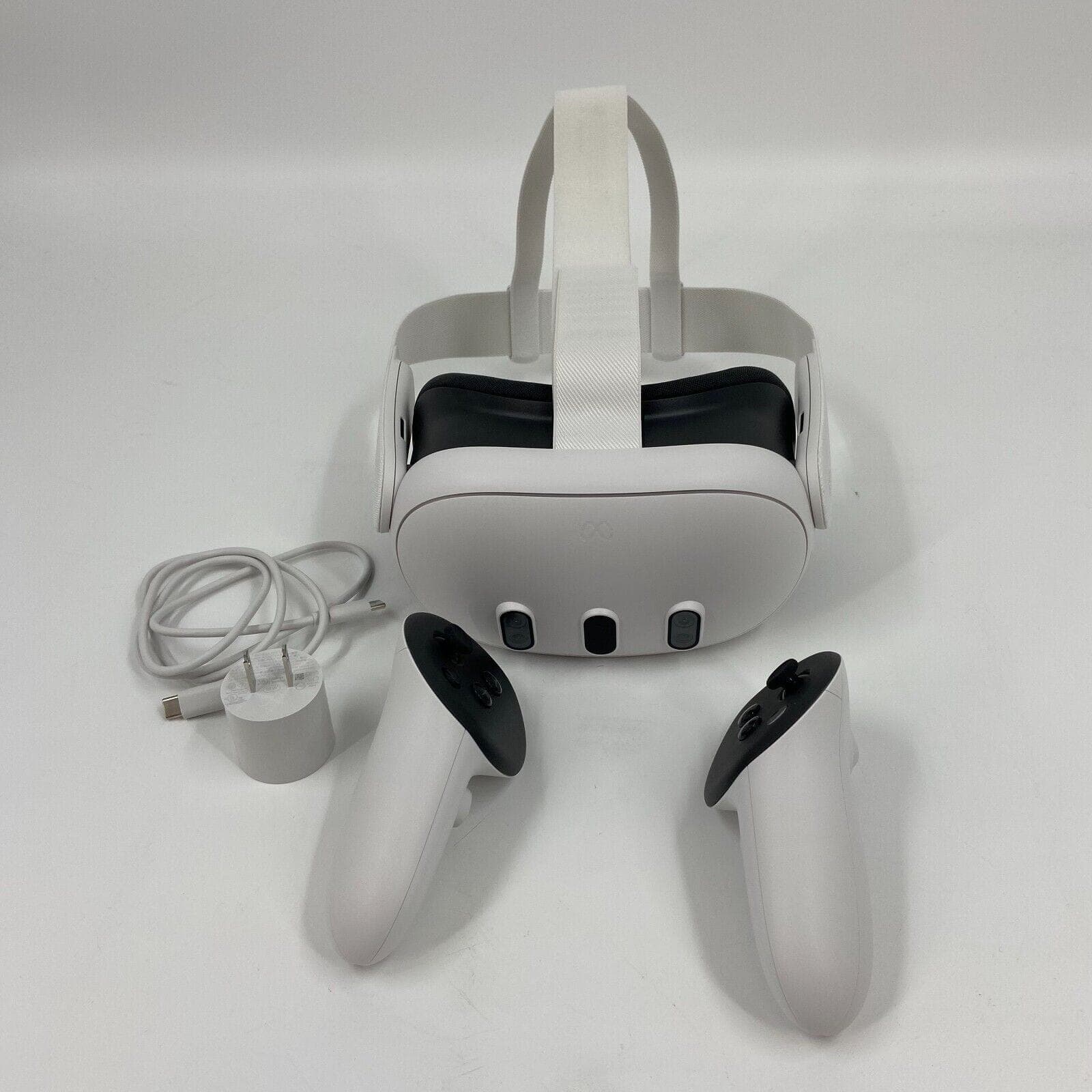
Meta has discontinued the high-end Quest Pro headset to focus on the more affordable Quest 3, reflecting a shift towards accessible VR technology. The Quest 3, priced at $500, signifies a significant price drop from previous models, such as the $1,500 Quest Pro and $599 Oculus Rift.
This transition aims to make virtual reality more mainstream and user-friendly, with standalone headsets eliminating the need for external sensors or powerful PCs. As a result, a wider audience may adopt VR technology, expanding its applications in gaming, entertainment, and professional fields.
Meta’s Shift in the VR Landscape
The End of the Quest Pro
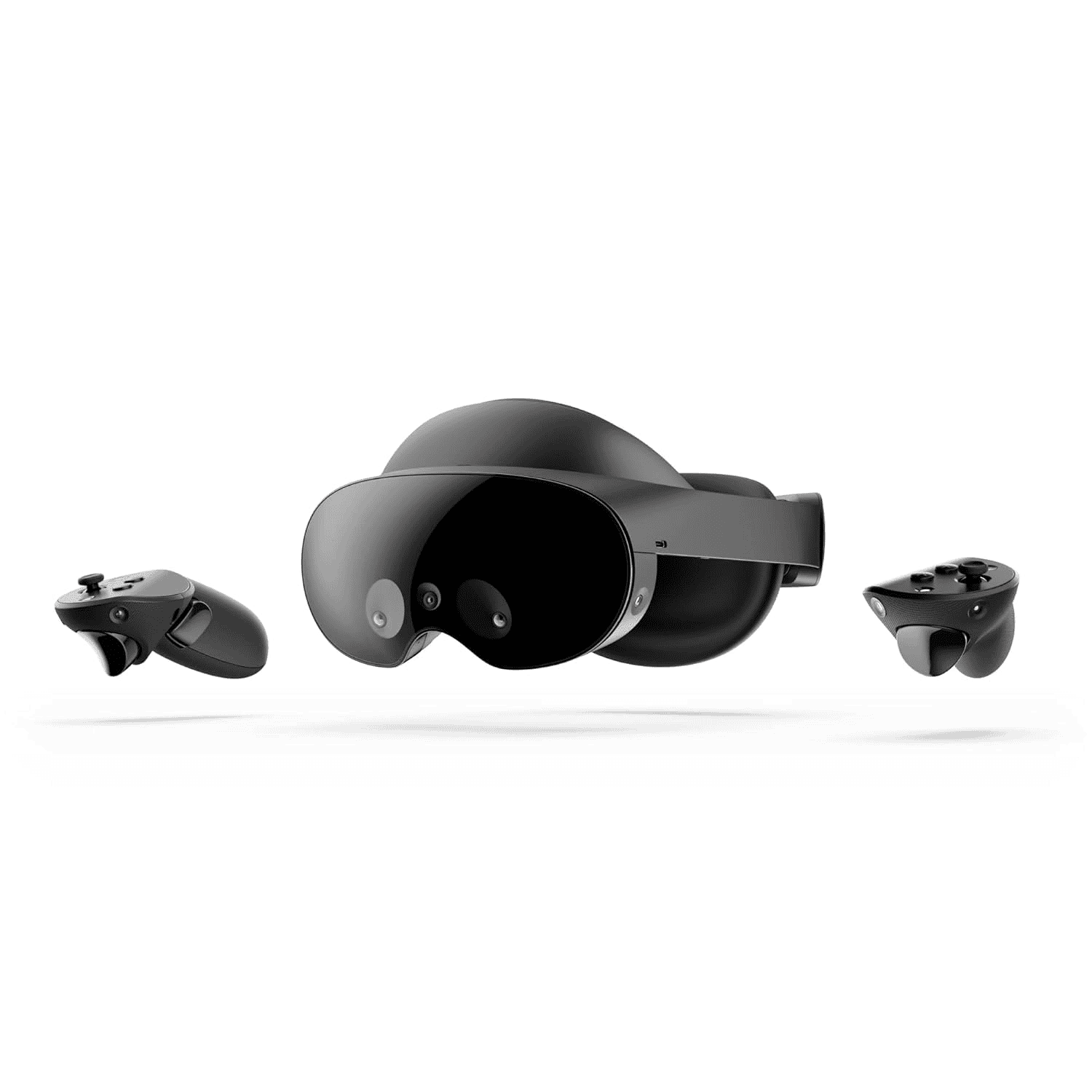
Meta has stopped making the Quest Pro. This high-end VR headset, launched in late 2022 for $1,500, aimed at professionals and early adopters. It had advanced features like eye and face tracking, color passthrough for mixed reality, and improved optics. However, sales were likely lower than expected, perhaps due to the steep price. Meta has now shifted its focus entirely to the Quest 3.
The Rise of the Quest 3
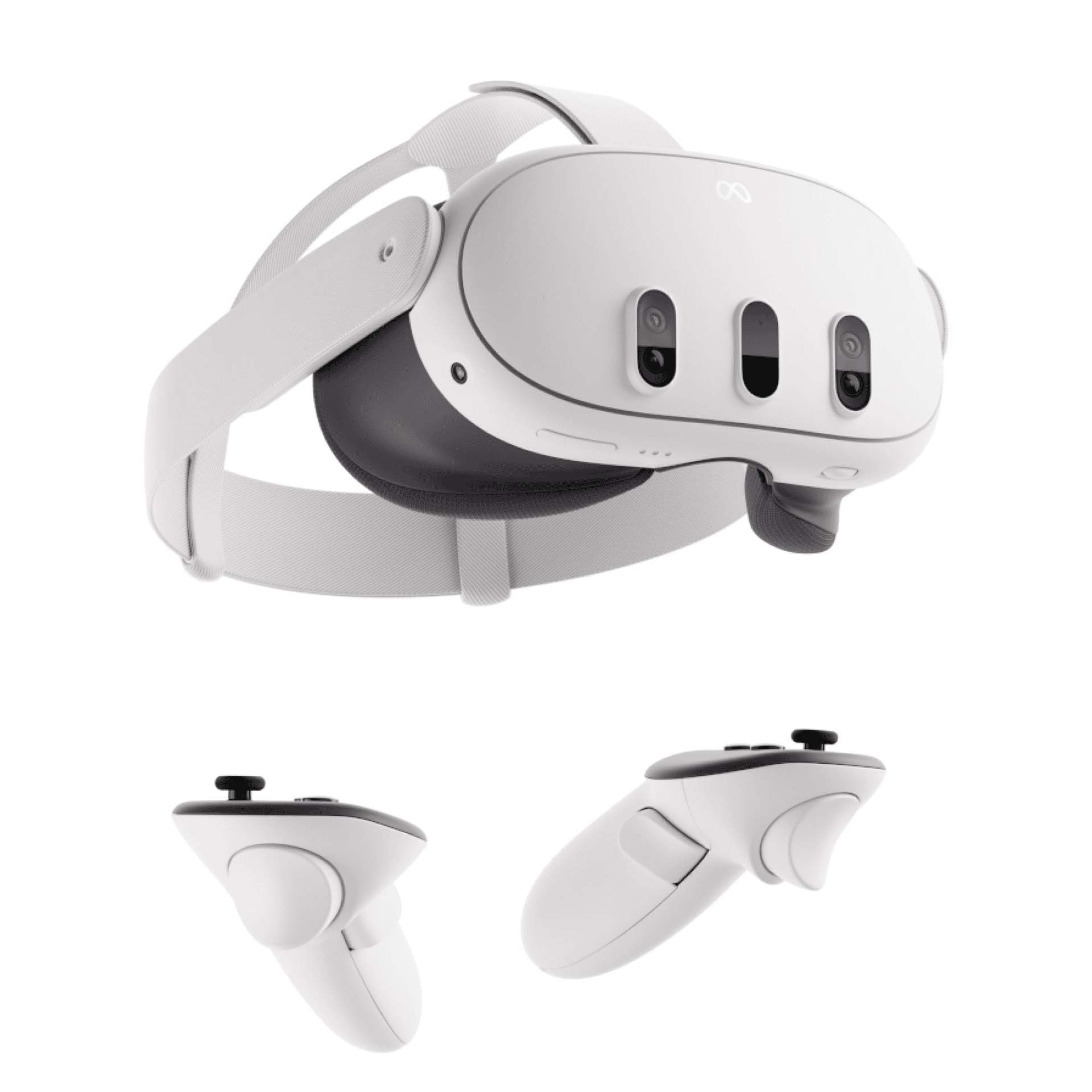
The Quest 3, released in fall 2023, is Meta’s new flagship VR headset. It’s priced much lower than the Quest Pro, starting at $500. It offers better performance than the Quest 2, with a more powerful Qualcomm Snapdragon XR2 Gen 2 chip. It also has improved mixed reality capabilities and a more comfortable design. Meta is betting that the Quest 3 will be a more mainstream success.
Comparing the Quest Pro and Quest 3
Here’s a table comparing the key features of the Quest Pro and Quest 3:
| Feature | Quest Pro | Quest 3 |
|---|---|---|
| Starting Price | $1,500 | $500 |
| Processor | Qualcomm Snapdragon XR2+ Gen 1 | Qualcomm Snapdragon XR2 Gen 2 |
| Mixed Reality | High-resolution color passthrough | Improved color passthrough |
| Eye and Face Tracking | Yes | No |
| Pancake Lenses | Yes | Yes |
Why the Change?
Several factors likely contributed to Meta’s decision to discontinue the Quest Pro:
- High Price: The $1,500 price tag made it inaccessible to most consumers.
- Target Audience: The focus on professionals limited the potential market.
- Quest 3’s Capabilities: The Quest 3 offers many of the Quest Pro’s key features at a much lower price.
By concentrating on the Quest 3, Meta can better compete in the growing VR market.
What This Means for Consumers
If you were considering the Quest Pro, the Quest 3 is now the better choice. It offers a similar experience, with some improvements, for a fraction of the cost. The Quest 3 also has a larger library of games and apps.
The Future of VR at Meta
Meta’s move to focus on the Quest 3 signals a shift towards more affordable and accessible VR technology. While the Quest Pro showcased advanced features, it proved too expensive for the mass market. The Quest 3 represents a more balanced approach, offering a good mix of performance, features, and price. This strategy aims to bring virtual and mixed reality to a wider audience.
Exploring other VR Headsets
While Meta dominates the standalone VR headset market, other options exist. The Playstation VR2 is a powerful headset that works with the Playstation 5 console. It offers high-fidelity graphics and immersive gameplay. PC VR headsets, like those from Valve and HTC, provide the highest-end VR experiences, but they require a powerful gaming PC. These options cater to different needs and budgets, offering alternatives for those not interested in the Meta Quest ecosystem.
Short Summary:
- The Meta Quest Pro has been discontinued due to poor sales performance.
- The new Quest 3 headset provides a superior mixed reality experience at a significantly lower price.
- Meta continues to invest in affordable options to appeal to a broader audience in the VR market.
In a significant shift within its product lineup, Meta Platforms (NASDAQ: META) has officially retired the Meta Quest Pro, its premium virtual reality headset. The move follows a series of announcements outlining the end of the Quest Pro line, with the company indicating that supplies would be depleted by late 2024 or early 2025. As noted on their official website, the Quest Pro is no longer available for purchase, redirecting consumers to the Quest 3, which promises to deliver the “ultimate mixed reality experience” at a much lower cost.
The discontinuation of the Meta Quest Pro, previously priced at $1,499.99, marks the end of an ambitious venture into the high-end VR market. Allegations of the Quest Pro’s lackluster adoption stemmed from its steep pricing, which played a key role in its failure to attract the anticipated consumer interest. While Meta had high expectations for corporate uptake, the Quest Pro did not resonate with average consumers, leading to disappointing sales. The Quest 3, in contrast, represents a significant step forward.
With a starting price of $499.99, the Meta Quest 3 not only undercuts the Pro model but also offers enhanced specifications, making it a more appealing option for buyers seeking an entry point into the world of virtual and mixed reality. The Quest 3 has been designed to provide features that overlap significantly with those of the Quest Pro while emphasizing affordability and accessibility.
“We are excited about the capabilities of the Meta Quest 3,” said Andrew Bosworth, Meta’s Chief Technology Officer, emphasizing the device’s strengths. “The focus is squarely on delivering value and performance to our users, providing an immersive experience without the financial strain.” This commitment towards consumer accessibility is reflected in the headset’s performance metrics, which showcase superior resolution and refresh rates compared to its predecessor.
“The Quest 3 is lighter, boasts a higher resolution, and offers a more comfortable gaming experience. It shows that consumers are interested in value for their money,” said a representative from Meta.
For users who previously invested in the Quest Pro, good news is at hand; the Touch Pro controllers, which initially launched with the Quest Pro, are compatible with both the Quest 3 and the Quest 2, allowing gamers to retain their investment in accessories. This feature alone provides a smooth transition from the discontinued model to the newer iteration, ensuring that loyal customers can continue to use their existing gear.
Additionally, for those who might find the Quest 3’s price point a little daunting, Meta has introduced the Quest 3S. Starting at just $299.99, the Quest 3S sacrifices some advanced specifications in exchange for a more budget-friendly price tag, making it an attractive option for a wider range of consumers.
As the VR landscape continues to evolve, Meta’s strategic pivot towards more affordable headsets is becoming increasingly apparent. Founded on the heels of consistent losses reported by its augmented and virtual reality division, Reality Labs, now amounting to $4.4 billion in the third quarter, Meta is streamlining its product offerings and learning from earlier missteps.
“We recognize that developing high-end products like the Quest Pro was a gamble that didn’t pay off as expected. By focusing on more accessible devices, we can reach a greater audience,” remarked a company spokesperson.
The timing of this announcement comes on the heels of recent shifts in the industry, notably Apple’s decision to cut production of its $3,500 Vision Pro headset due to slow sales. The industry’s high-end offerings have struggled to maintain momentum, prompting companies like Meta and Apple to recalibrate their focus. Meta’s robust holiday sales for both the Quest 3 and Quest 3S suggest that demand thrives when the technology aligns with price expectations.
Despite the exit of the Quest Pro, the Meta VR lineup remains dynamic. Presently, it consists of:
- Meta Quest 3S (128GB) – $299
- Meta Quest 3S (256GB) – $399
- Meta Quest 3 (512GB) – $499
With the Quest 2 and Quest Pro now retired, Meta’s VR offerings are positioned to appeal to cost-sensitive consumers eager to explore immersive technology without breaking the bank. The Quest 3, in particular, is viewed as an essential tool for casual gamers and developers alike, spotlighting Meta’s commitment to innovation at an economically viable price point.
Looking to the future, Meta is not entirely closing the door on the premium headset market. While it has canceled plans for a high-end mixed reality headset known as La Jolla—a device equipped with ultra-high-resolution micro OLED screens poised to rival Apple’s offerings—indications remain that the company will revisit the segment should market conditions become favorable.
“We will always assess our product lineup based on the evolving needs of consumers. The Quest Pro displayed exciting technology, but the timing wasn’t right for the market,” Bosworth added.
Despite the mixed reactions to both Apple’s Vision Pro and the earlier Quest Pro, the potential for VR and AR technologies remains vast. The key is providing meaningful and accessible experiences that resonate with a broader audience. Meta seems to recognize that prioritizing value over exclusivity is a more sustainable path forward.
Stock performance further reflects investor sentiment surrounding Meta’s strategic direction, with META shares seeing a substantial increase of 76% over the past year, closing at $630.20 recently. Investment analysts suggest that Meta’s dual focus on VR and AI may drive further advancements, paralleling valuations seen at tech giants like Apple.
Despite challenges, the commitment to innovation in the VR space is stronger than ever. “Our journey in augmented and virtual reality is just beginning,” stated a company insider. “We are vigorously pursuing more groundbreaking technologies that can integrate seamlessly into everyday life.”




